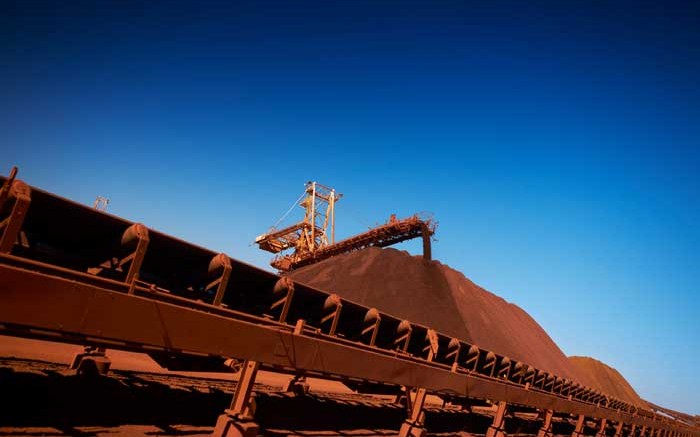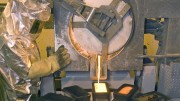It was the last, biggest and most vocal defender in the mining industry of maintaining the status quo with respect to its generous dividend policy, but BHP Billiton has finally succumbed to industry-wide trends and deeply cut its dividend, and formulated a more humble dividend policy going forward.
It’s the abandonment of a controversial dividend policy that promised a continual increase or at least a maintenance of dividend payments — a “progressive” policy that led to chimerical dividend yields of 12% and more in the first weeks of 2016, after having spent years below 4% before September 2014.
The world’s biggest mining company, like its smaller peers, has been hit by shrinking revenues and profits in the face of the four-year downturn in metal and coal markets, as well as a more precipitous decline in its substantial oil and gas business due to the collapse in crude oil prices.
In its next interim dividend, BHP will pay US16¢ per share, which is covered by free cash flow. The company describes this as comprising a minimum payout of US4¢ per share and another US12¢ per share reflecting differences between underlying attributable profit and free cash flow during the last half-year period (BHP’s financial year begins halfway through the calendar year).
This compares with an interim dividend of US62¢ per share during the previous corresponding period.
At press-time trading, the new payout-based dividend policy implies a back-to-planet Earth dividend yield of 2.6%.
Moreover, BHP Billiton’s management attached some gloom to its dividend news, stating that “while we were prepared for lower prices across our commodities, we now believe the period of weaker prices and higher volatility will be prolonged.”
BHP is still pro-dividend, however, and states its new dividend policy is to provide a minimum 50% payout of underlying attributable profit at every reporting period, in a way that will “further protect our balance sheet and ensure financial flexibility.”
The company now describes its balance sheet as “strong” and maintained with net debt of US$25.9 billion — broadly unchanged from December 2014, despite weaker commodity prices and the significant dividend payments.
For those nostalgic about the old dividend days, BHP’s directors promise they “remain strongly committed to cash returns to shareholders,” and that at every reporting period, it “will consider cash returns in excess of the minimum implied by the payout ratio.”
BHP Billiton chairman Jac Nasser noted that since the merger of BHP and Billiton in 2001, the company has returned a total of US$77 billion in cash to shareholders through dividends and share buybacks — or more than any other company in the mining sector.
The dividend cut was only one humbling of the British Australian giant in mid-February. In its semi-annual report it tabled a US$5.7-billion net loss for the period ended Dec. 31 — its first loss in 16 years — as underlying attributable profit plunged to US$412 million from US$4.89 billion a year earlier, even as it maintained impressive EBITDA margins of 40%.
The loss includes a US$858-million charge related to its stake in the Samarco iron ore operations in Brazil, where a massive tailings spill killed 17 people last year in Brazil’s worst-ever environmental disaster. BHP has written down the value of the asset to zero.
The biggest item in the semi-annual loss is a US$4.9-billion impairment charge relating to the value of its U.S. oil and gas assets.





Be the first to comment on "Editorial: BHP slashes dividend 75%, braces for prolonged downturn"